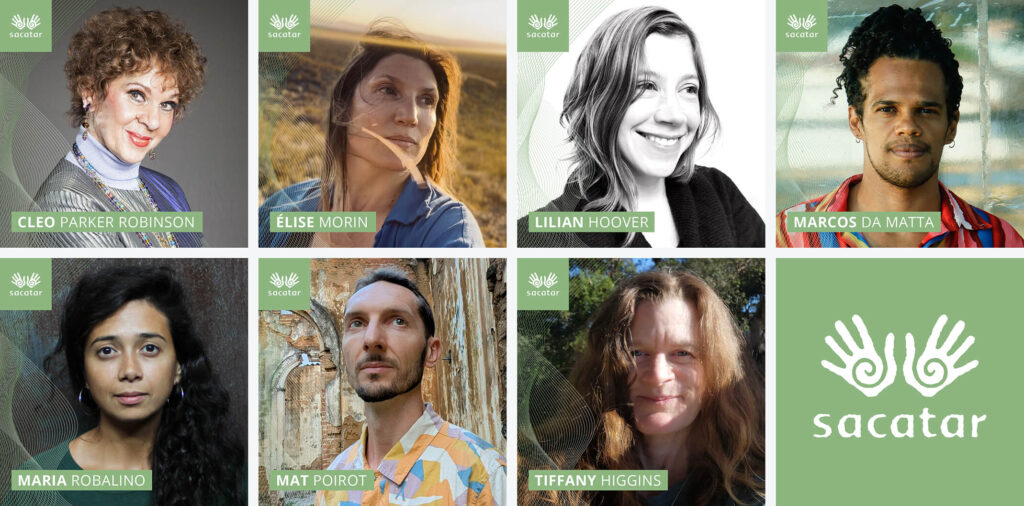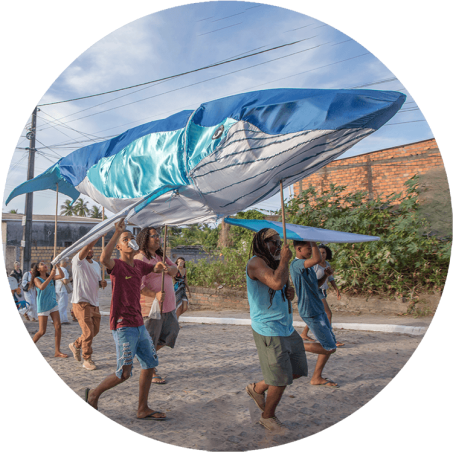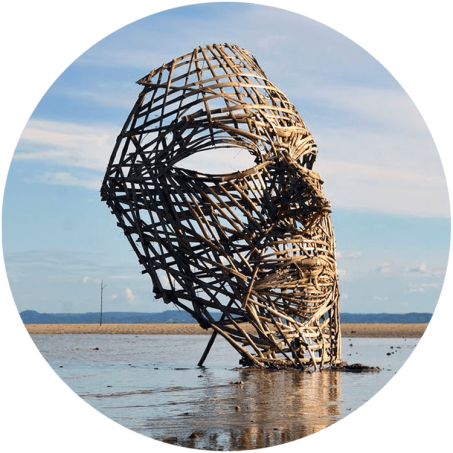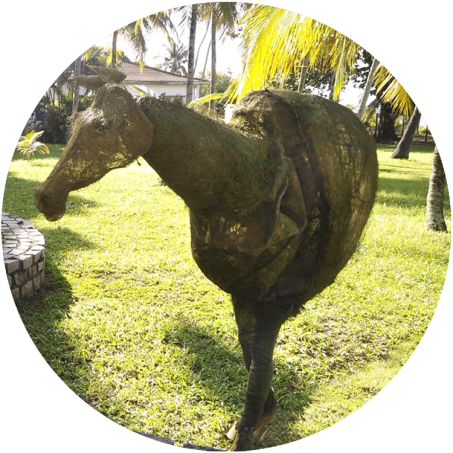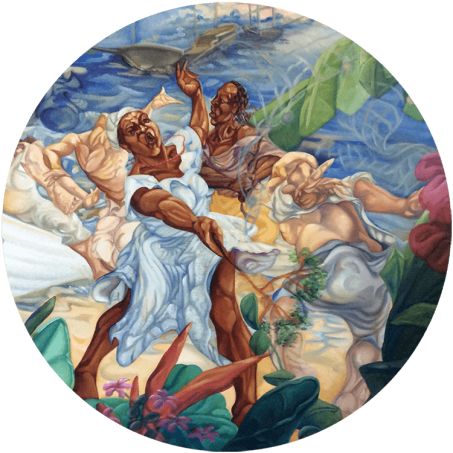We’re thrilled to kick off our second 2025 residency session with an extraordinary group of artists: dancer/choreographer Cleo Parker Robinson (USA); multidisciplinary creators Élise Morin (France) and Marcos da Matta (Brazil), painter Lillian Hoover (USA); musician Mat Poirot (France); urban studies researcher Maria Robalino (Ecuador – USA); and investigative non-fiction writer Tiffany Higgins (USA).
As our second residency session of 2025 begins, we recognize the growing challenges artists face amid a global climate of rising nationalism, censorship, and cultural suppression. In response, we stand firm in our commitment to fostering international exchange, championing diversity and inclusion, and upholding the vital role of residencies in providing artists the space and support to create, reflect, and resist.
We are pleased to host Marcos da Matta with the continuous support of the Secretary of Culture of the State of Bahia, through the Fundo de Apoio para Ações Continuadas da Secretaria de Cultura do Estado da Bahia – SECULT. SECULT’s support allows us to host more artists from Bahia and further democratize access to the profound benefits that residencies can have for artists and the surrounding communities.
We are also pleased to partner with the Éspace Frans Krajcberg in Paris, France. In preparation for an upcoming exhibition there, Élise Morin will be in Bahia to evaluate the works of the Polish/Brazilian sculptor Franz Krajkberg (1921-2017) who left his many monumental sculptures to the State of Bahia.
These artists will be in residence at the Instituto Sacatar from May 12 to June 30, 2025.

Cleo Parker Robinson
Dance
USA
Robinson is the Founder and Artistic Director of Cleo Parker Robinson Dance, a renowned dance company established in the US 54 years ago, which is also known for its significant educational and community engagement programs.
The artist describes her artistic vision as “One Spirit, Many Voices.” Her choreographies and projects serve as a “creative sanctuary [where dancers and students of all backgrounds] find a place where their energies are nurtured, encouraged, and honored.”
Robinson plans to use her time at Sacatar to begin work on an archive documenting her extensive career, which, notably, also includes numerous collaborations with Bahian dancers and companies, including the Balé Folclórico da Bahia.
By hosting Cleo Parker Robinson at Sacatar, we look forward to many possibilities: supporting an established artist in beginning archival work on her career; facilitating the revival of past partnerships with Bahian dance companies; and creating opportunities for new collaborations with other Bahian dancers and artists.
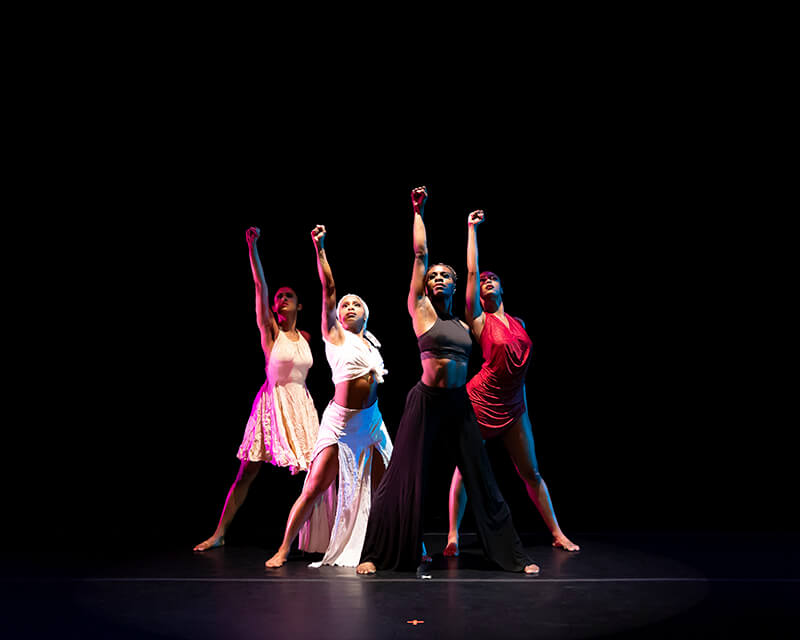
Written by jazz singer, composer, pianist and arranger Nina Simone, “Four Women” was released on the 1966 album “Wild Is the Wind”, telling the story of four African American women, each representing a societal stereotype. Thulani Davis of The Village Voice called the song “an instantly accessible analysis of the damning legacy of slavery, that made iconographic the real women we knew and would become.”
Choreographer: Cleo Parker Robinson
Music: Nina Simone
The Women: Aunt Sarah / Saffronia / Sweet Thing / Peaches
Photo credit: Martha Wirth
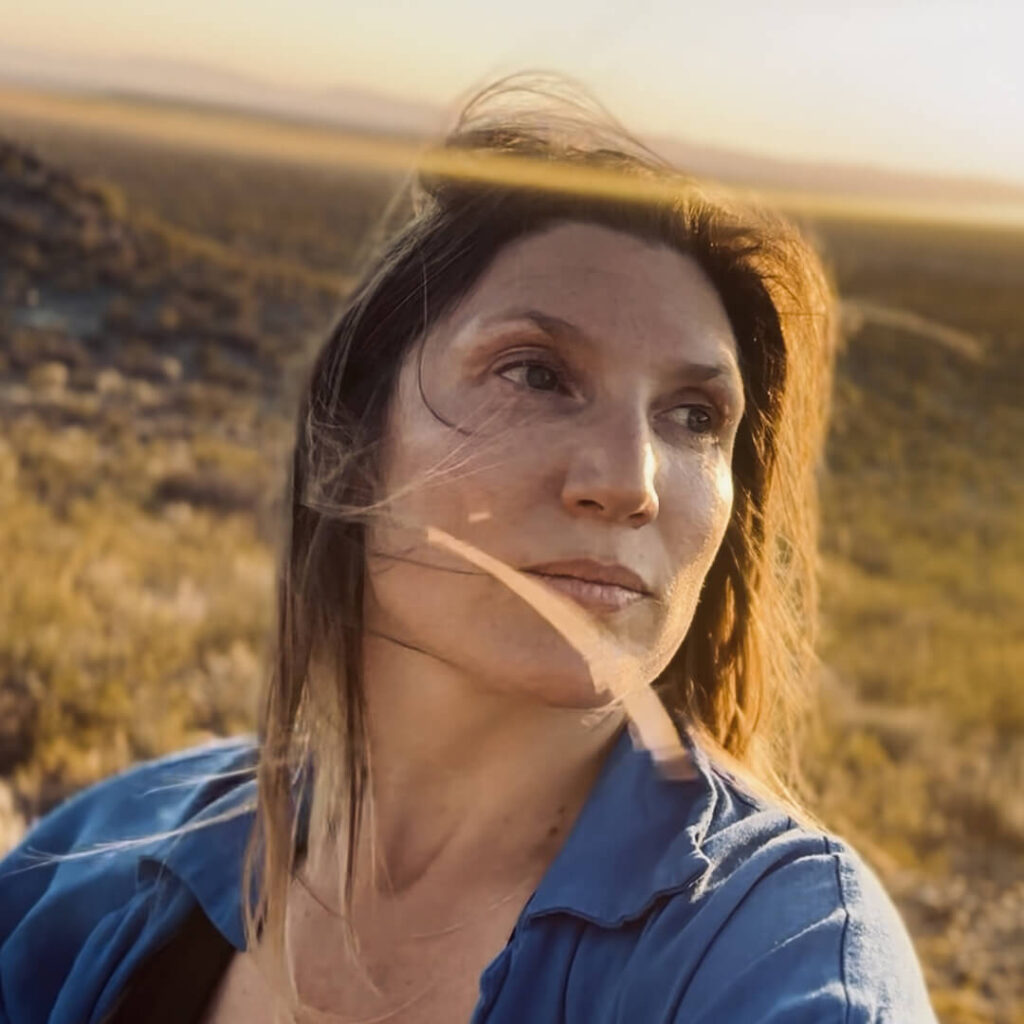
Élise Morin
Multidisciplinary Arts
France
Élise Morin (France) is a multidisciplinary artist whose work bridges installation, sound, performance, and ecological research. Her residency is the result of a partnership between Instituto Sacatar and the Fondation Krajcberg, in Paris.
Morin says of her project: “[It] extends the legacy of Frans Krajcberg by exploring weaving and modeling as situated forms of resistance (…) In Itaparica, local artisanal techniques — weaving with piaçava and licuri fibers, vernacular ceramics — become vectors for a poetics of relation (…). Where Krajcberg sculpted the burn, this project seeks to weave, filter, and assemble”.
In addition to supporting Élise Morin’s work, we hope this residency will be an opportunity to activate Krajcberg’s collection, which has been dormant in the past few years.
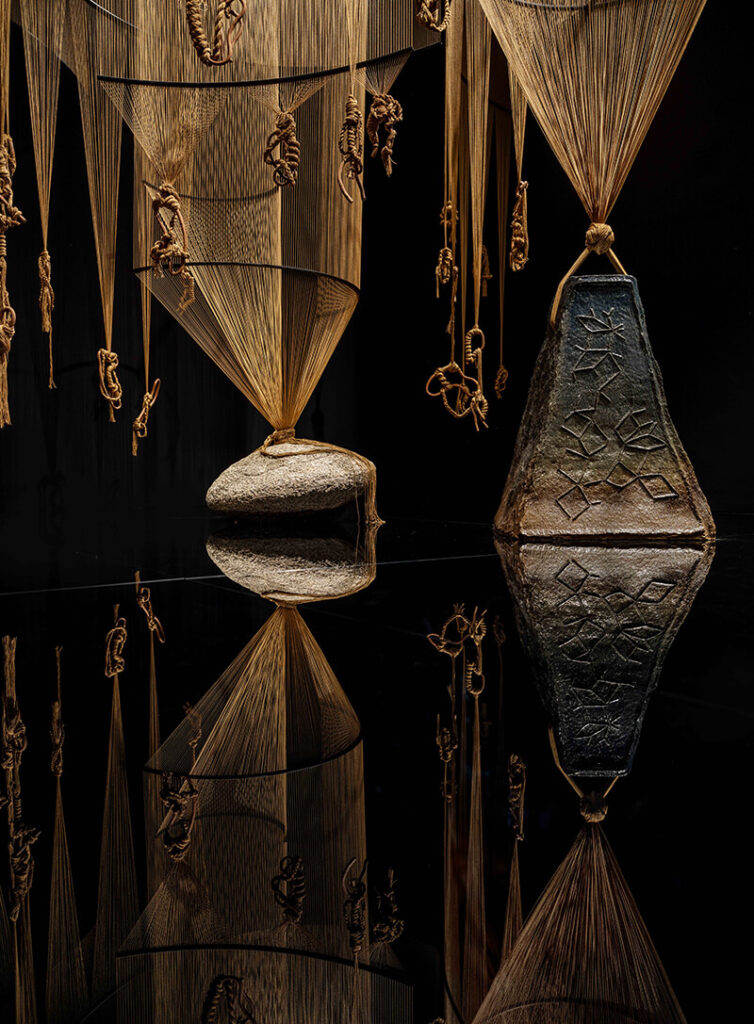
The Emissaries, 2024
Ceramic, granite, schist, rope, steel, immersive 8.0 sound system
Variable dimensions
Guardian Art Center, Beijing
Presented as the final piece in the exhibition L’Or de Dior, The Emissaries explores gold as an extraterrestrial entity born of supernovae, and as a spiritual material embedded in ancient and contemporary divinatory practices. Combining raw and industrial materials, the installation forms a sensory landscape that questions our relation to matter, memory, and transcendence.
Credit : ©BorisShiu @AGENTPAY

Lilian Hoover
Visual Arts
USA
American visual artist Lillian Hoover holds an MFA from the Maryland Institute College of Art and a BFA from the University of North Carolina at Asheville. Her work is in the collections of institutions such as the Baltimore Museum of Art and the Weatherspoon Art Museum. She teaches at Towson University and has exhibited widely across the U.S.
At Sacatar, Hoover will explore the Bay of All Saints, gathering imagery from sites where geology, ecology, and human activity converge. Her paintings—based on photographs, drawings, and oil studies—reflect on the impact of human presence within natural systems. The resulting work invites viewers to consider our place in Earth’s evolving environmental and geological history.
Struck by the mesmeric oddity of her paintings — challenging juxtapositions of traditional landscape and unexpected abstraction — we expect that the jarring architectural juxtapositions in the urban fabric of Bahia may inspire Lilian to intriguing new work.
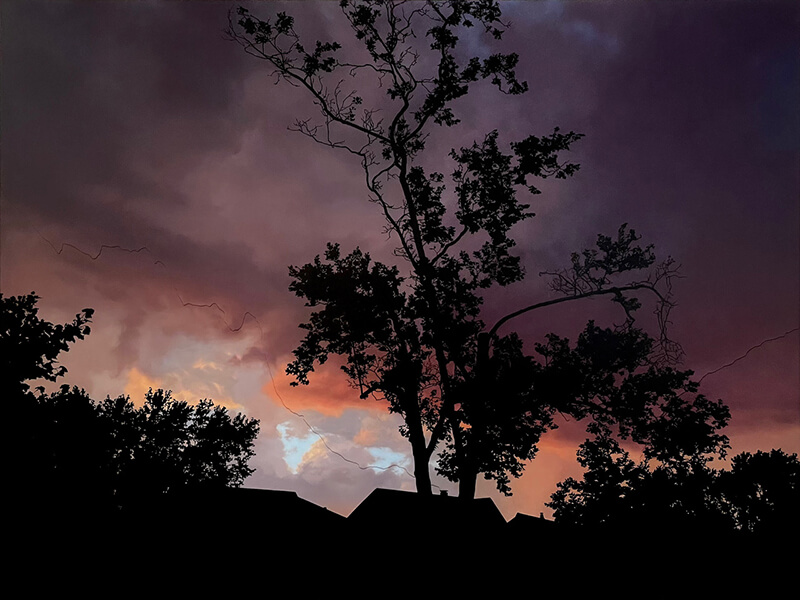
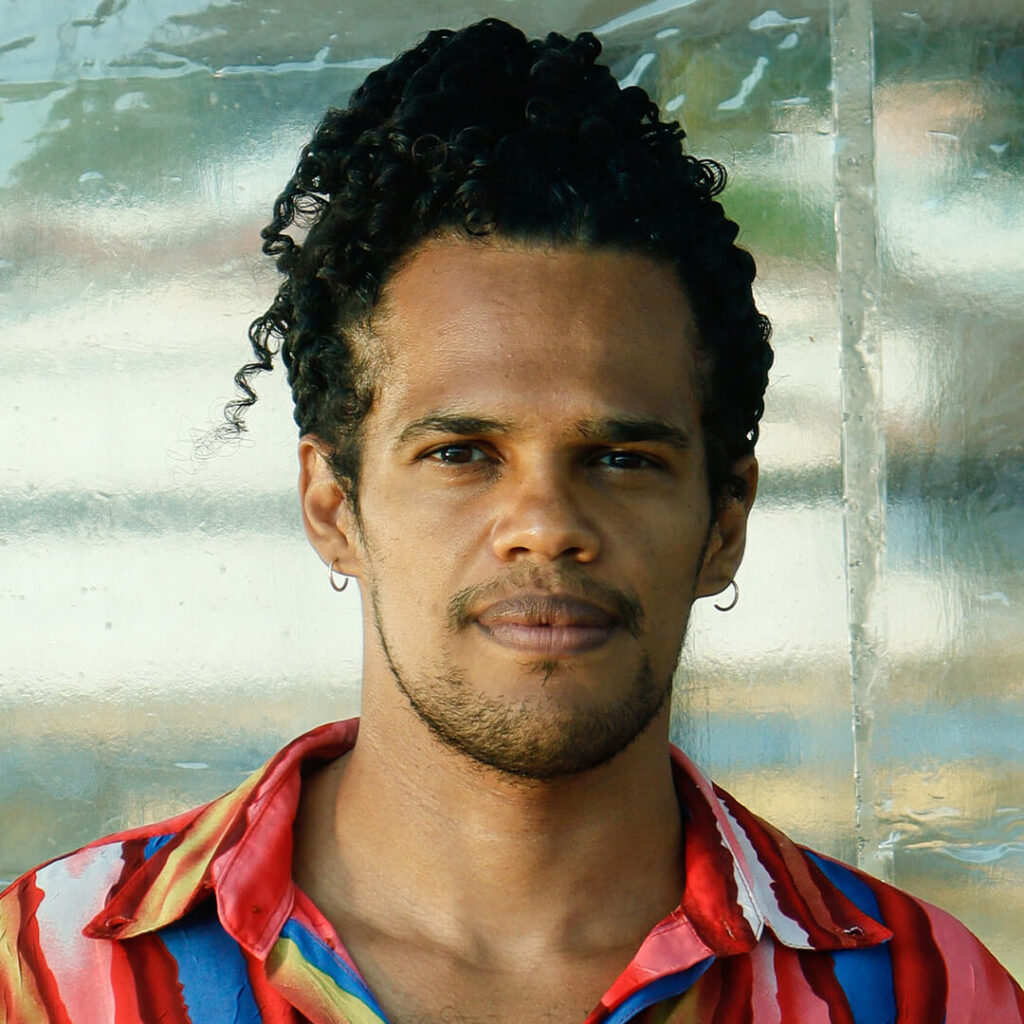
Marcos da Matta
Multidisciplinary Arts
Brazil
In partnership with the Secretaria de Cultura do Estado da Bahia
Marcos da Matta is a multidisciplinary artist from Conceição do Almeida, Bahia. He lives and works in Cachoeira, where he earned a degree in Visual Arts from the Federal University of Recôncavo da Bahia. A member of the collective “Práticas Desobedientes,” his practice is shaped by everyday life, religion, and informal labor in the Recôncavo.
At Sacatar, da Matta is creating works inspired by the routines of Itaparica’s street workers. Drawing from street advertising materials, he plans to mount his pieces on mobile supports like banners and walking displays. These will be activated through public circulation and performance, using his own body as a vehicle to reflect labor, identity, and everyday resilience.
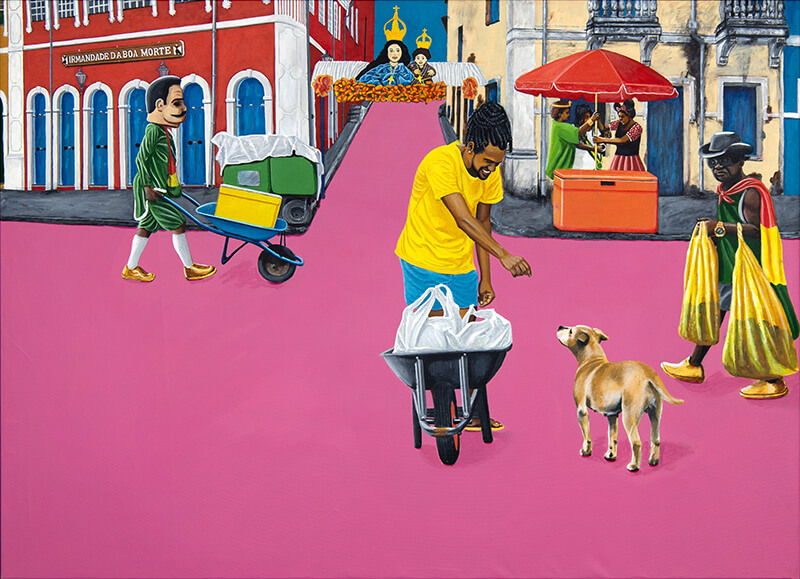
Acrylic on canvas
110 x 152 cm
Photo credit: Ilan Iglesias

Maria Robalino
Multidisciplinary Arts
(Ecuador > USA)
María Gloria Robalino (Ecuador > USA) is an assistant professor of Romance Languages at Washington University in St. Louis. She holds a Ph.D. in Comparative Literature from Stanford University and a Master’s in Architecture from Harvard University.
She is currently pursuing two research projects: one explores the concept of vertigo in the 17th-century global Hispanophone world, and the other investigates the notion of formation in 20th-century Latin America.
At Sacatar, she plans to develop her multimedia project Blind Faith, which is inspired by pre-colonial visual cultures in the Andean region.
Sacatar is thrilled to host María Gloria Robalino—not only for the way she bridges academic research and artistic practice, but also for the potential her interdisciplinary approach has to open up seemingly narrow academic subjects to broader audiences.
Currently working on a book manuscript entitled “Shapes of Learning: Urbanity and the Formation of the Sensible in 20th Century Latin America,” María will examine the architecture of Lina Bo Bardi (1914-1992), her influential writing, and her projects (both built and unbuilt) in Salvador. She will take advantage of her time in Bahia to visit and document the buildings by Bo Bardi that are still standing.

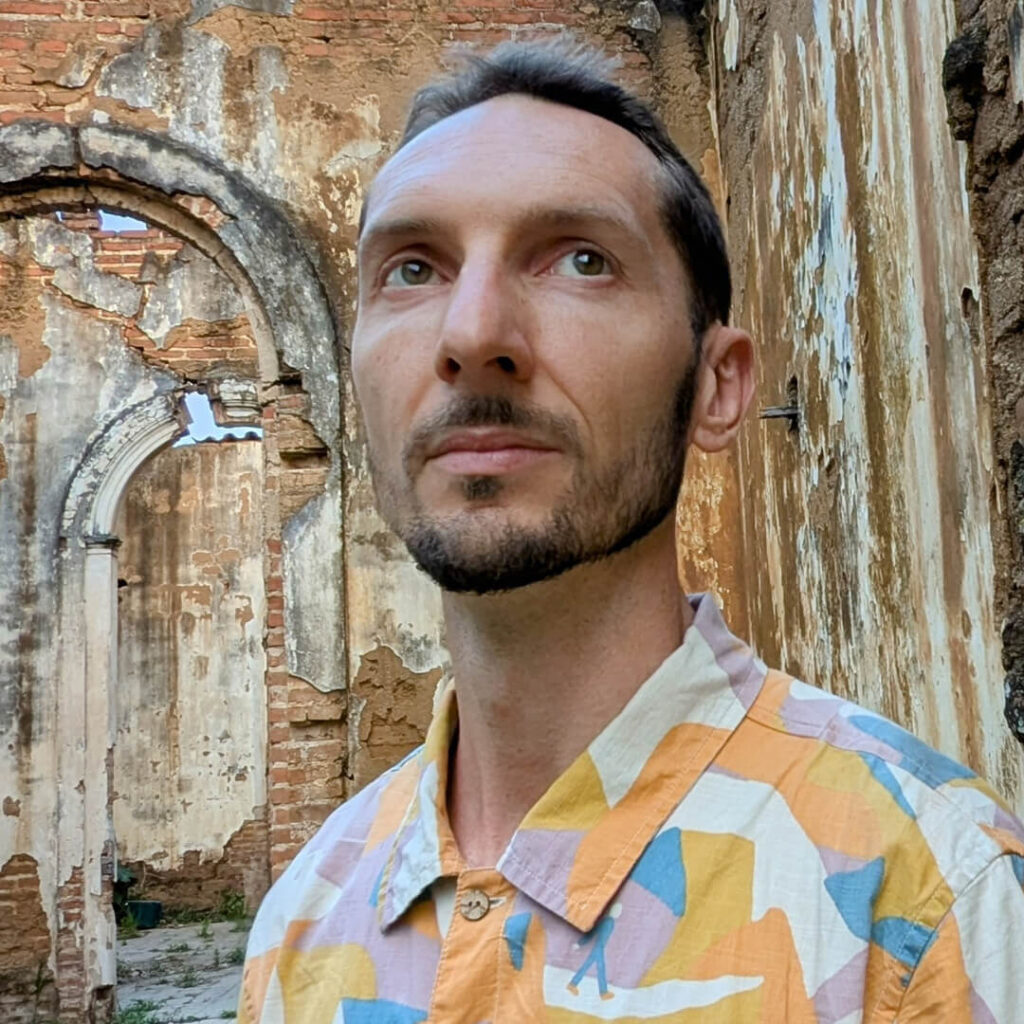
Mat Poirot
Music
France
Mat Poirot is a self-taught French musician and multidisciplinary artist. With roots in hip hop, jazz, funk, and soul, he began producing beats as a teenager and has since collaborated with artists around the world. Deeply influenced by travel and sound, he views music as a sacred tool for connection across time and cultures.
At Sacatar, Poirot is developing Oríkì Beats, a collaborative project with musician Tacun Lecy. Blending traditional Candomblé praise songs (oríkìs) with modern hip hop and sample-based production, the work explores the healing power of sacred music in a contemporary, fast-moving world—creating rhythmic bridges between ancestral knowledge and the present moment.

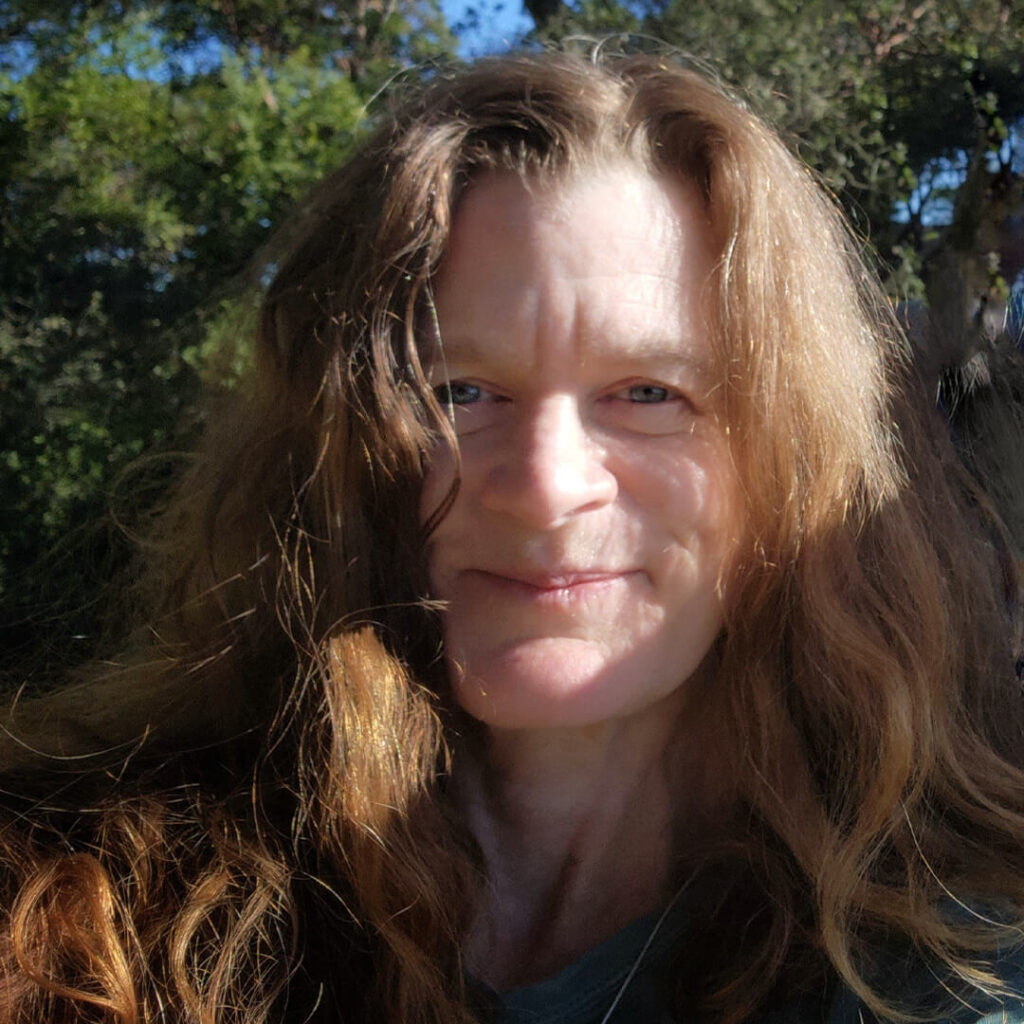
Tiffany Higgins
Literature
USA
Tiffany Higgins is an American poet and investigative journalist whose work blends art and reportage to spotlight environmental justice struggles in Brazil. A Fulbright research scholar and Pulitzer Rainforest Journalism Fund grantee, she has published two poetry collections and translated Brazilian writers, including Indigenous poet Márcia Kambeba. Her writing appears in Guernica, Granta, Atmos, and Poetry.
At Sacatar, Higgins will develop a nonfiction book on the resistance of traditional communities along the Tocantins River, threatened by industrial dredging for agribusiness. Her work centers the voices of quilombola (historic communities of escaped and formerly enslaved people), Indigenous, and riverine peoples, weaving their testimony with legal and scientific research. She also aims to spark dialogue between Afro-Brazilian communities in Bahia and the Amazon facing similar land struggles.
The political situation in Tocantins around this proposed river-dredging project is so fragile that Sacatar is hosting Tiffany with the understanding that she may have to leave at any moment to stand with the indigenous people who are threatened by the environmentally destructive power of the agribusiness sector of Brazil.

November 2023, Baião, Pará, Brazil
Featured in photo, left to right: Maria Edna Nery Dutra, Sebastiana do Carmo Dutra, José Carlos da Silva, Lailton Neres Rodrigues, from Quilombo Vila Dutra, Baião, Pará
Photo by Tiffany Higgins


